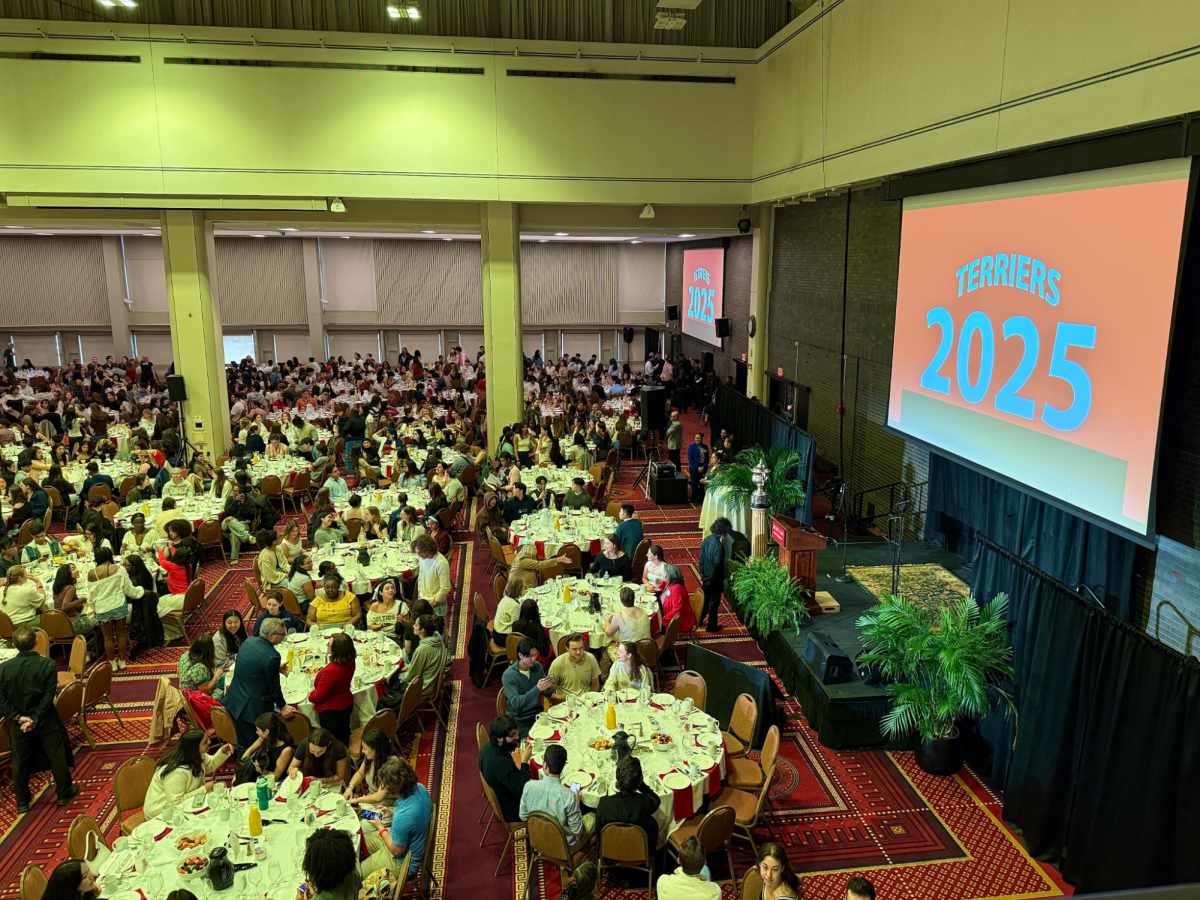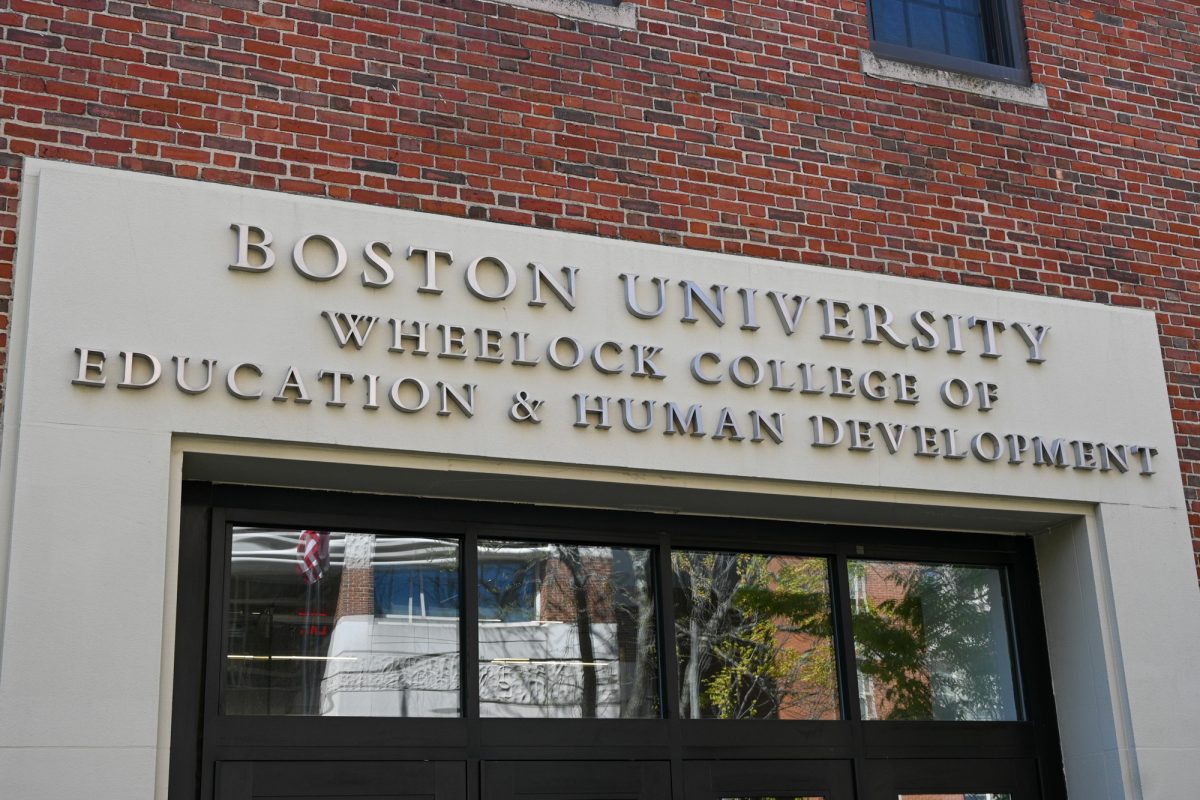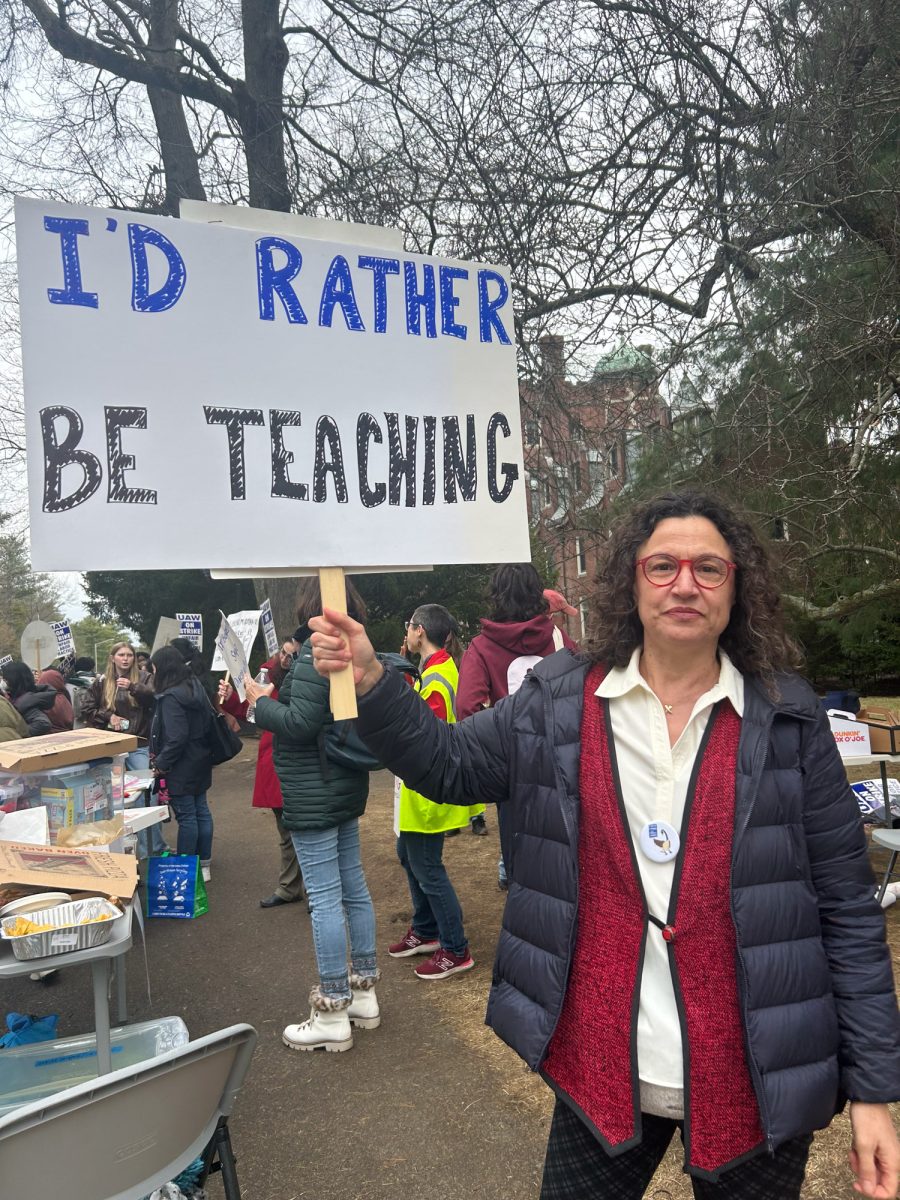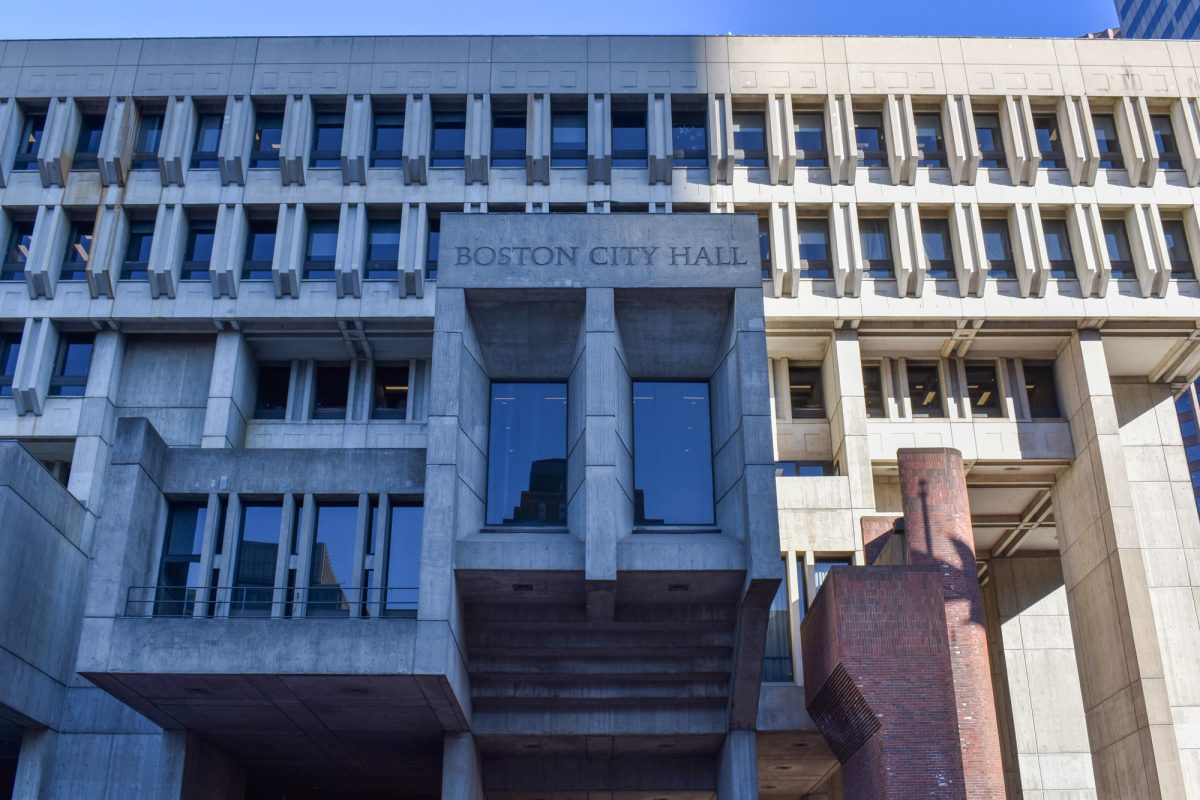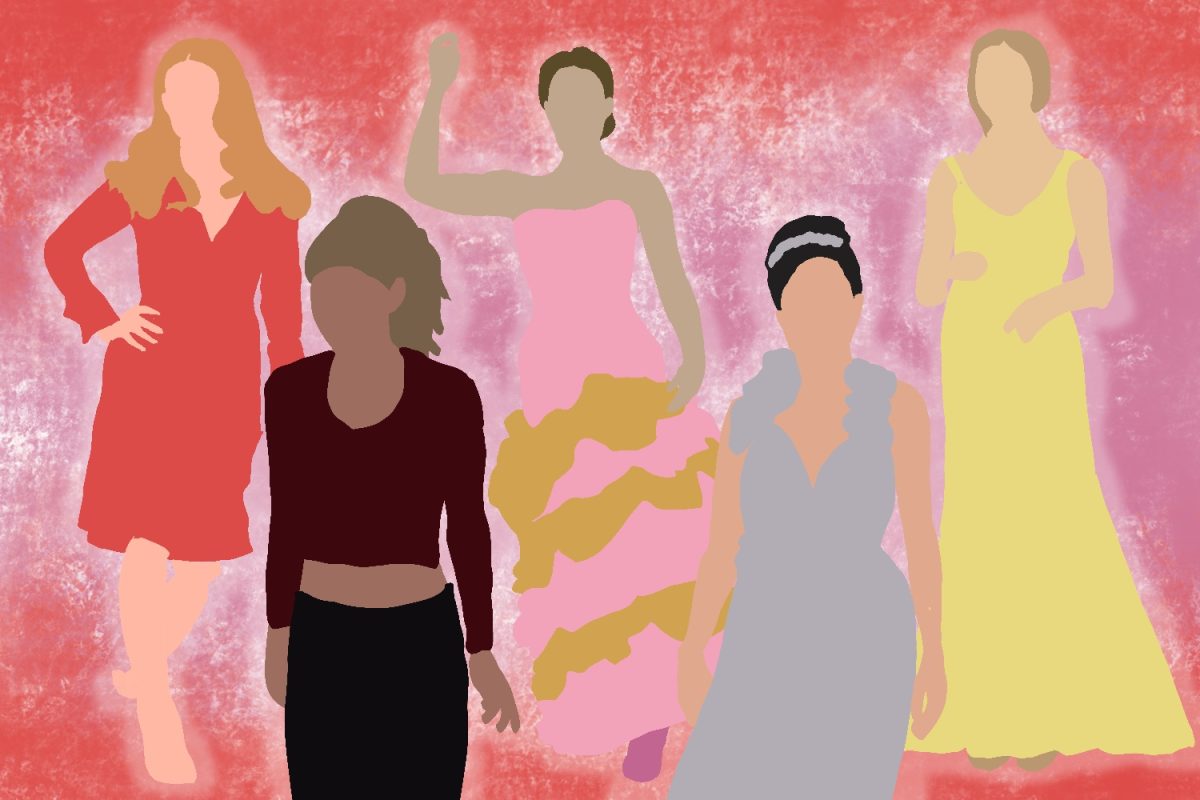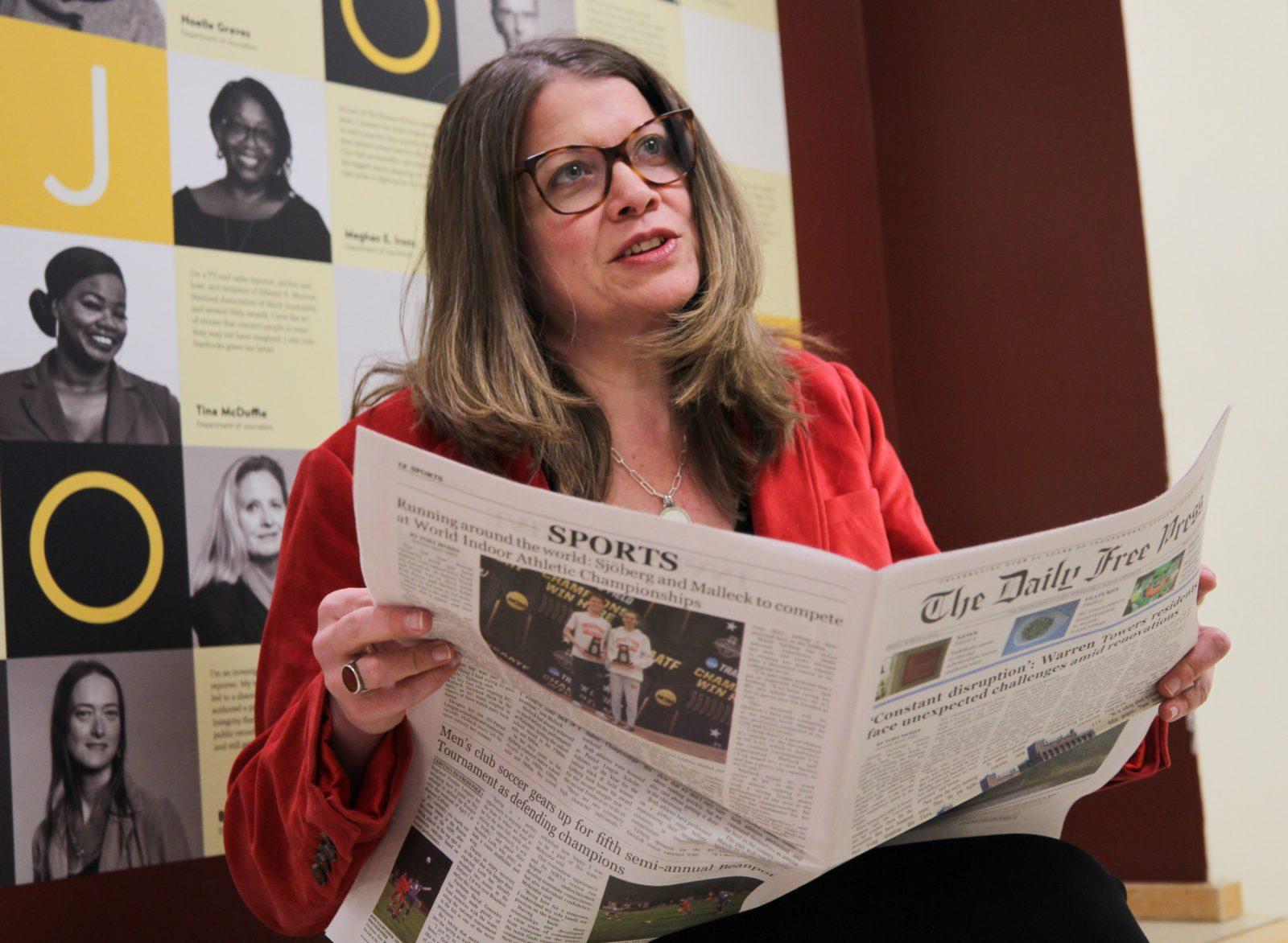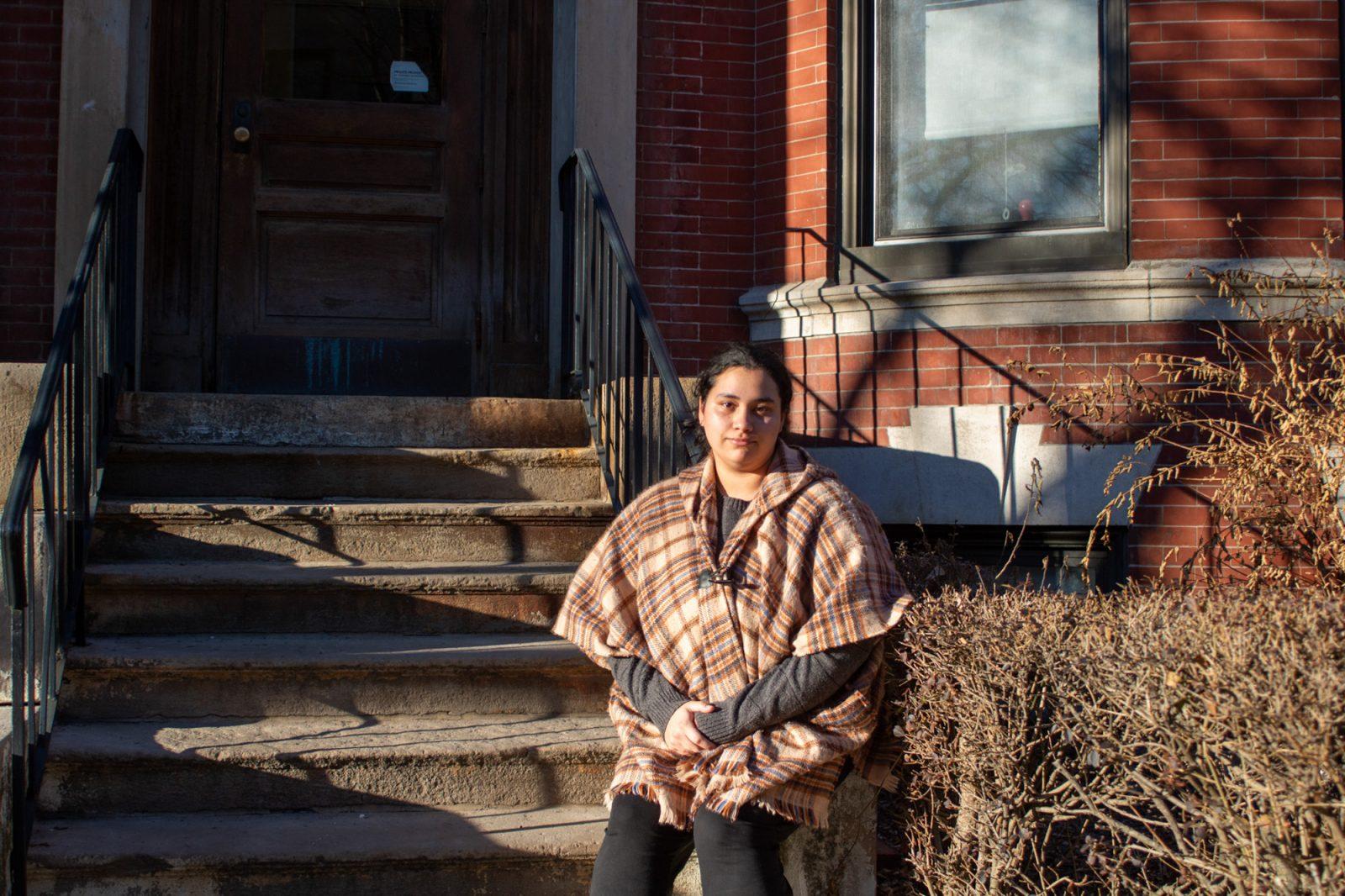Starting as an independent concentration of two students and then transforming into a major with between 45 and 50 students, architectural studies is one of the new, growing academic opportunities at BU.
“We launched the program in 2012 when we thought there might be a few more people interested,” said Keith Morgan, director of the architectural studies program. “We didn’t anticipate it would be as popular and successful as it has become.”
The curriculum is collaboration between the department of history of architecture, the College of Fine Arts’ visual art and drawing courses, painting, sculpture and photography. Students are able to take various classes around the university in what they see appropriate for their own professional development.
“It’s important to understand that it’s not a school of architecture, and it’s not pretending to be,” Morgan said. “We are trying to prepare students to enter graduate programs.”
The program is still developing and there are some new courses in the works. Later this semester, Morgan will be talking with CFA about developing a new course that will serve as a design studio-like experience for those interested in architecture and landscape architecture.
Not only is the faculty excited about the major, but students in the architectural studies program are also very passionate and excited about the new program and the opportunities it provides.
“My favorite part of the program is the fact that I can shape my degree in terms of what I want to do,” said Alexandre Mecattaf, senior in the architectural studies program and president of BU’s Global Architecture Brigades chapter, an organization for global health and sustainable development, at BU. “I have learned a lot, and it’s also allowed me to branch out into different areas that are of interest to me. I’ve managed to double major in anthropology and minor in biology.”
Elise Liu, an officer of BU’s U.S. Green Building Council chapter, said she also likes how she can apply what she learns in class to her interests outside the classroom.
“There are so many opportunities to be involved both on and off campus in the forms of lectures, clubs and exhibitions,” Liu, a sophomore in the architectural studies program, said. “The city of Boston is truly an ideal city to study architectural design in because of its merging of traditional and modern architecture.”
Matt Zapson, the current president of the Architecture Club, thinks the program is great for students interested in careers in architecture, architectural history and perseveration, or urban planning and design.
“It’s a great pre-professional program for students,” Zapson, a senior in the architectural studies program, said. “The concentration is still developing, but I think it’s heading in the right direction.”
Zapson showed great interest in the Architectural Drawing class, a crash course in design principles and computer and hand-drawing skills. He said it adds variety to the courses offered, as many focus on the theoretical and historical side of architecture, which is an important foundation.
While the program is still relatively new, students feel confident in the progress and success of the major.
“I think of it as a work in progress,” Mecattaf said. “It’s very functional and gives us more than enough background to get into programs in the best schools around the country, which at the end of the day is what any undergraduate program aims for I think.”
Mecattaf also shared his passion for the architecture profession. He explains how architecture is more than just creating buildings.
“It’s creating spaces where people can grow, learn and live,” Mecattaf said. “My goal as a future architect is to play a part in shaping the world of tomorrow into a better place.”
Liu also said she believes architecture can make a difference in the future. She said it holds a significant role in defining the environment and is unique in its feature of permeability.
“To me it’s quite apparent that architecture is one of the tangible expressions of human culture and society,” Liu said. “It has the unique capability to integrate new technologies into daily life and is thus an important setting for sustainability.”
Students of the program, like Mecattaf, Liu and Zapson, are ambitious and feel that what they’ve learned has helped prepare them for a bright future.
“My goal is to merge all of what I’ve learned and create a new sub-field in the field of architecture which involves using architecture and architectural knowledge to make the world a better place,” Mecattaf said.
Zapson plans to enter the job field of urban planning. He said he feels understanding how people interact with their environments is still vital.
“The way people feel in a place is highly dependent on the place’s massing and design,” Zapson said. “As a planner it’s important to be able to be able to knowingly make decisions regarding urban composition.”
The hard work and passion of the architectural studies professors and directors to make the program successful has not gone unnoticed by the students.
“Professor Morgan plays an immense part in the success of the program,” Mecattaf said. “He is always open to students’ opinions and he always manages to find a way to merge students’ desires and major requirements.”
Liu added that very insightful individuals head the department, and what she learns in class is readily applicable to her surroundings makes the program such a success.
Outside of the major, there are a few architecture organizations and opportunities on campus including the Architecture Club, the Global Architecture Brigades and the BU Chapter of the U.S. Green Building Council. Clubs such as these give students the opportunity to practice what they’re learning outside of the classroom and in non-school-related environments. Members of these clubs are not just concentrators, but also students who are just interested in architecture at large.
The Architecture Club
BU’s Architecture Club is the first club dedicated to enjoying and learning more about architecture.
“We’ve led multiple walking tours of Boston, department and club meet and greets and building competitions,” Zapson said.
The club also acts as a resource for students interested or currently enrolled in architecture programs by providing seminars on furthering education and portfolio development.
BU Chapter of the U.S. Green Building Council
The U.S. Green Building Council (USGBC) is a non-profit organization that focuses on sustainable design and construction. The student group aims to bring sustainability into the spotlight.
“Evidently BU has been very active in implementing more environmentally friendly initiatives, however we believe that we can raise more awareness and also offer students the opportunity to become more involved,” Liu said.
Liu also said bringing the USGBC to campus also further promotes interdisciplinary interaction, seeing that sustainability is a non-exclusive field that inherently involves the joining of many facets of society and academia.
Global Architecture Brigades
The Global Architecture Brigades is part of the world’s largest student-led health and sustainable development organization called Global Brigades. Each year, Global Brigades mobilizes thousands of university students around the world to participate in nine different skill-based programs to improve the quality of life in under-resourced communities.
“During Architecture Brigades we work hand-in-hand with engineers, designers and community members in the goal of alleviating needs in health and education through the design and hands-on construction of schools and health centers,” Mecattaf said.
They also work with communities to identify construction knowledge and practices that are lacking in order to provide training by skilled masons and students.
Interested?
“It’s become quite a substantial and exciting process to be involved with,” Morgan said. “The major is designed to ensure that students have the kind of preparation that graduate schools in architecture, landscape architecture, city planning and historic preservation expect.”
Morgan said they have already had great success with graduates of the program. Many former students now attend graduate programs in architecture, planning or historic preservation at Harvard University, Yale University, Columbia University and the University of Notre Dame, to name a few.
“It’s been a lot of fun to be involved with,” Morgan said. “We feel as though the major has hit a level where it’s a substantial presence, but we are always eager for other students who might be interested to know about it.”

